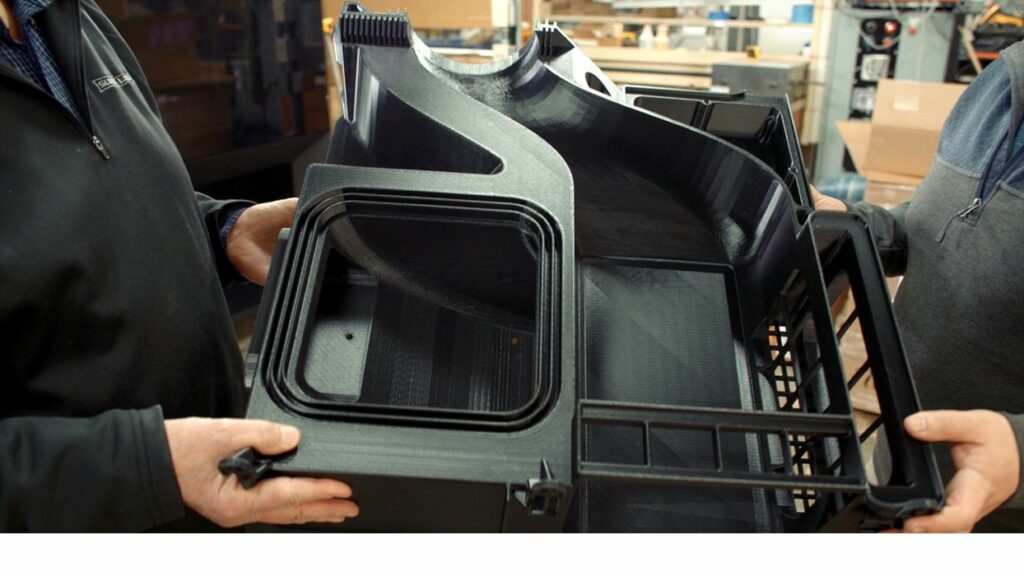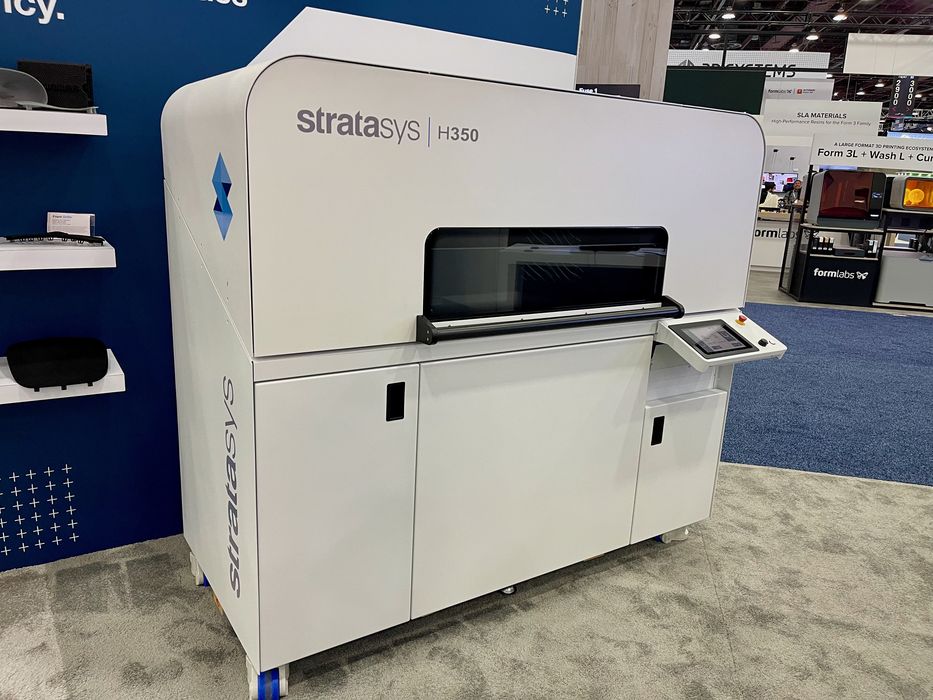
Stratasys announced a new “loyalty and discount” program for their service bureau clients.
The new “Stratasys Parts Provider Network”, or “PPN” enables discount purchases of not only materials, but also support services, software and even hardware systems. And there’s one more item on the list: the ability to purchase printed parts from Stratasys Direct Manufacturing at “wholesale prices”.
Stratasys PPN
The program is based on three tiers of discounts, with the lowest requiring annual purchasing throughput of at least US$100K. Stratasys does not specify the discount levels in their press release, but does say that software integration services would receive a 75% discount from retail pricing. I suspect the other discounts won’t be nearly as high.
PPN also provides members with educational services and “networking opportunities” to “support a vibrant additive manufacturing ecosystem”.
While the new program is obviously only of interest to those operating large farms of Stratasys gear, I have some thoughts about what this all means.
Stratasys PPN Implications
Clearly, PPN makes working with Stratasys a bit more sticky, as in the participants will be less likely to shift away from Stratasys once inside the PPN. But there could be more to the story here.
The ability to obtain printed parts from Stratasys Direct Manufacturing is quite interesting. This allows a service bureau to commit to a customer order that’s much larger than they can accommodate, because they know they can offload excess work to Stratasys, where much more capacity exists.
In that scenario, if a service bureau continues to use the offloading method consistently, they have then proven it is feasible to acquire more Stratasys equipment of their own. This is a way for Stratasys to help clients justify additional purchases.

I believe another reason for the PPN is Stratasys’ moves over the past few years. The company has been busily acquiring a number of different technologies, such as Origin, RPS and Xaar 3D. These companies’ technologies join the original FDM and PolyJet processes among a growing portfolio of rather different methods.
With the acquisitions Stratasys effectively acquired a number of disparate customer groups. My thinking is that the PPN is a way to tie them all together in one place. This would naturally expose clients to other technologies in the Stratasys portfolio, and possibly trigger sales of more equipment. If a customer is comfortable using PPN for one technology, then it’s pretty easy to add another technology when required.
This is a good move by Stratasys, as it benefits clients and their own business. What will be more interesting is to see whether the competitors of Stratasys that are also gathering up collections of additive technologies will make a similar move.
If they do, they’ll be well behind Stratasys’ system that now has first mover advantage.
Via Stratasys

